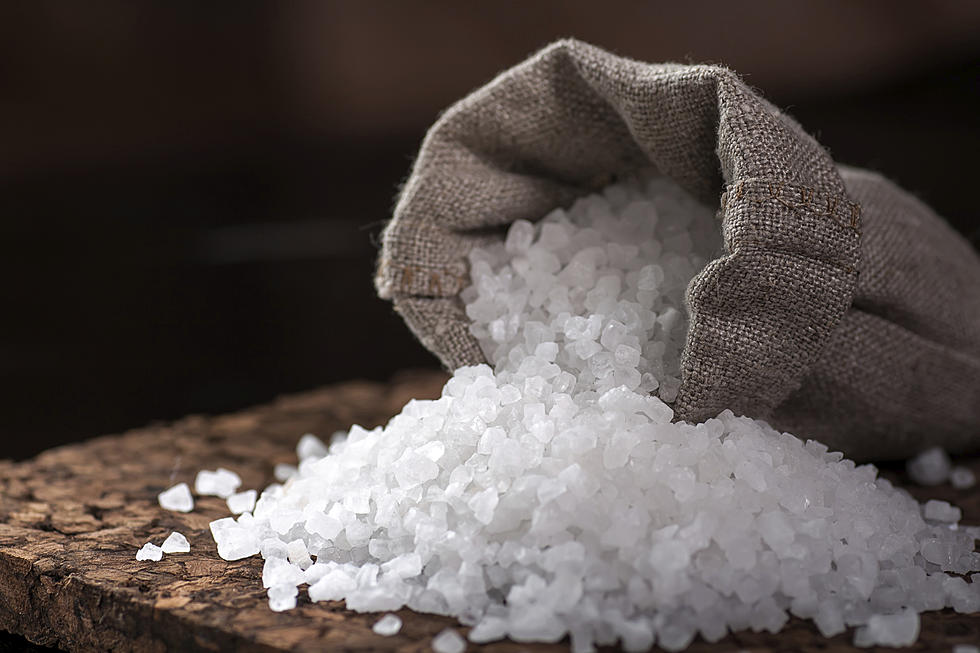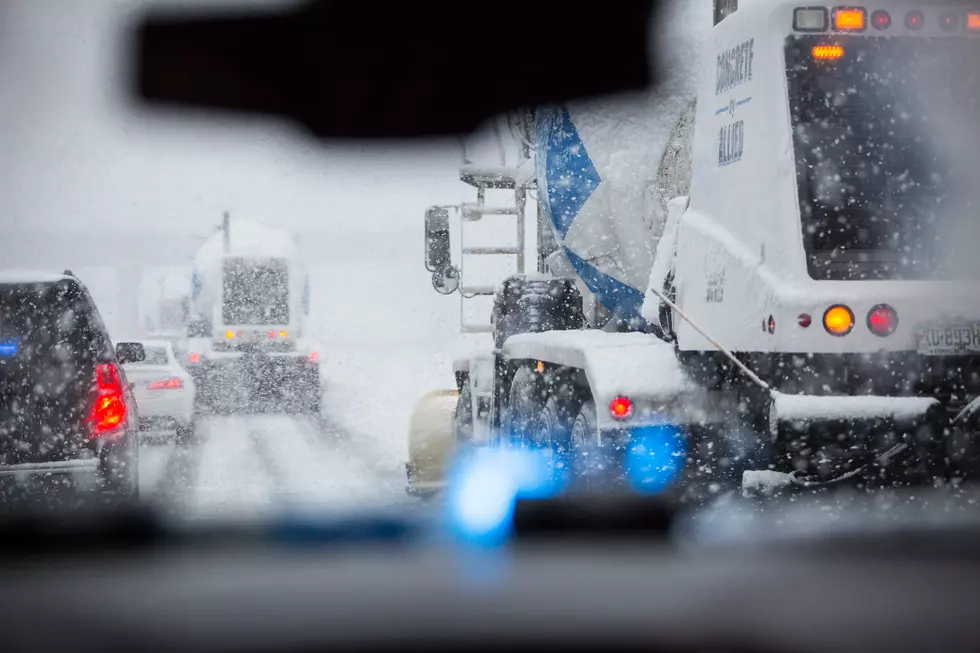![Road Salt Can Wreak Havoc on the Environment [AUDIO]](http://townsquare.media/site/385/files/2014/02/ATLCOSAL.jpg?w=980&q=75)
Road Salt Can Wreak Havoc on the Environment [AUDIO]
As the region continues to face harsh winter weather and the need for roads to be salted, environmentalists are becoming concerned that such high amounts of salt will start to impact our waterways, trees, plants and wildlife.
The most recent snowstorm was minor compared to many of the winter weather systems New Jersey has had so far this year. However, the state still needed to put more road salt down.
"When road salt is applied and then the snow melts, it gets into our waterways and our drinking water. If you are young or have high blood pressure or autoimmune disease, you need filtered water or bottled water because what happens is, the water itself becomes loaded up with salt," said Jeff Tittel, director of the New Jersey Sierra Club.
Other environmental impacts of road salt include the following:
- Destruction of soil structure by killing some soil bacteria. This allows more soil to erode into streams, taking the salt with it. Salt erosion contaminates drinking water to levels that exceed public consumption standards.
- Salt doesn't evaporate, or otherwise get removed once applied, so it remains a persistent risk to aquatic ecosystems and to water quality. Approximately 55 percent of road salt runs off with snow melt into streams, with the remaining 45 percent infiltrating through soils and into groundwater aquifers, according to a 1993 study.
- Slowly killing trees, especially white pines, and other roadside plants. The loss of indigenous plants and trees on roadsides allows hardier, salt-tolerant species to take over.
- Changing water chemistry, causing minerals to leach out of the soil, and increasing the acidity of water, according to Dr. Stephen Norton, a professor of Geological Sciences at the University of Maine.
- Seeping into drinking water, which changes its flavor and adds the excess dietary sodium associated with hypertension.
- Corrodes metals like automobile brake linings, frames, and bumpers, and can cause cosmetic corrosion. To prevent this corrosion, automakers spend almost $4 billion per year.
- Penetrating concrete to corrode the reinforcing rods causing damage to bridges, roads and cracked pavement.
Some municipalities across the state have begun to use salt, potassium chloride and other compounds as an alternative.
"While certain compounds do cost more, they do become more cost-effective when they are mixed with sand or grit because they work well and you actually use less," Tittel said. "With a snowy winter, there will be more bridges rusted and in need of repair and more potholes because salt is highly corrosive and does a lot of damage to the environment. So, it not only kills trees and plants and things like that, but it also will cost more money to fix our roads and bridges. Salt may be a little bit cheaper; in the long term it actually costs us more."
More From New Jersey 101.5 FM







![Drinking Water Affected by Winter Runoff [AUDIO]](http://townsquare.media/site/385/files/2014/04/RS1368_80619369-scr.jpg?w=980&q=75)

